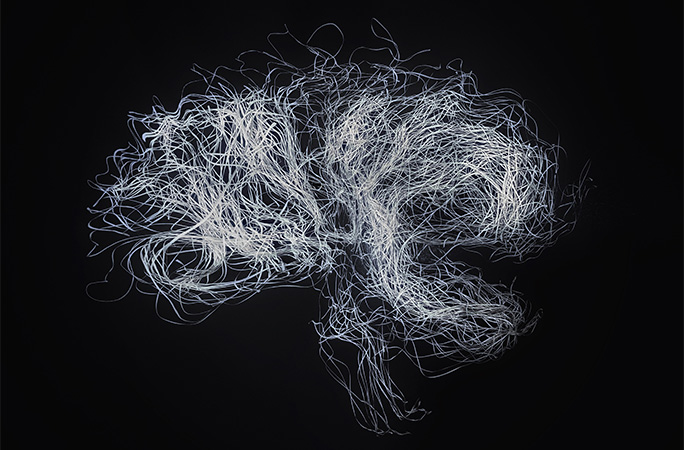Richard Van Os Keuls has used flattened aluminum soda and beer cans as siding for his plywood house extension, after deciding conventional materials were too expensive.
Van Os Keuls, an architect from Silver Spring, Maryland, first got the idea of incorporating flattened aluminum cans into his trade after seeing a car drive over a discarded soda can. He thought to himself that it would make a pretty decent aluminum shingle, so he began building his own stash of old cans to experiment with, at a later time. That time came around when he finished the plywood extension on his house, and began looking for a cheap material to side it with.
The ingenious architect admits his idea of using aluminum cans has nothing to do with art or the environment, as he was simply looking for a cheap and durable alternative to conventional siding materials. Wearing heavy construction boots, Richard first stomped on the cans and then flattened them even further with a sledgehammer, rounding the corners so people wouldn’t get cut when leaning up against the house. He found that flattening each can was time-consuming, so he started working on several at a time. When they were ready to be placed on the wall, he would place 30-40 cans overlapping each other and secure them with a long aluminum nail.
At first, he wanted to paint over the cans, but as the siding started to take place, the color mosaic looked better and better, and he even made sure that no no two same color cans were put together. He began ordering cheap colorful beer and soda cans from other countries, just because he wanted as many different colors as possible. But he needed a lot more cans than he could buy, if he was to complete the siding, so he tried to collect more from the neighborhood dump. That got him cited twice, and earned him fines for theft of city property and transporting stolen property, so he had to rely on donations from neighbors.
When he finally completed his unique project, Richard Van Os Keuls’ house was covered by around 22,000 flattened aluminum cans. He says they aren’t noisy when it rains, and while aluminum tends to develop a chalky oxidation, the ink on the cans has significantly slowed up the process, so his can-covered home is still a colorful inspiration to architects and designers around the world.

Read More »





















